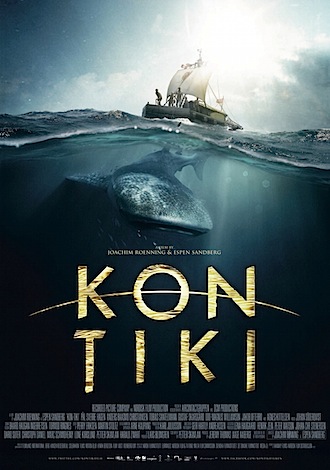Kon-Tiki is an real-life adventure on the high seas, Broken isn't broken at all, The Rock goes undercover to bring down some drug dealers in Snitch and we get a…
Read More

Speaking as someone whose taste for adventure doesn't stretch much further than going to the dairy in the rain, the reckless self-endangerment represented by Joachim Rønning and Espen Sandberg's Kon-Tiki…
Read More
